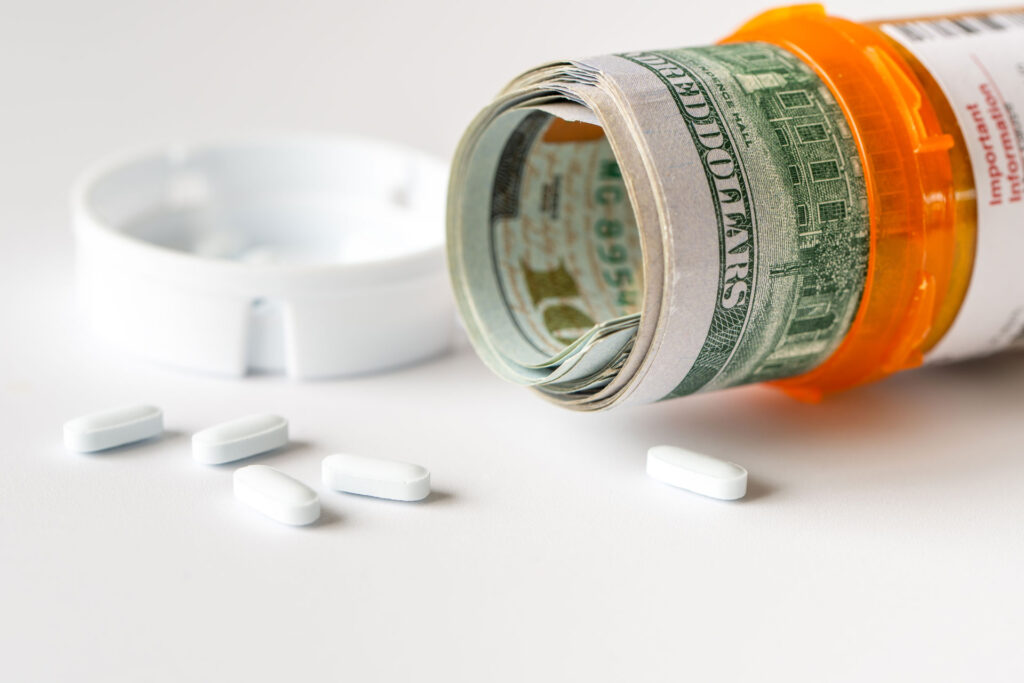Successfully filing for bankruptcy gives you the ability to discharge certain debts, making it easier for you to regain financial stability. Most dischargeable debts are referred to as unsecured debts, and we will go over what this includes a little further into this article. If you are planning to file for bankruptcy, you may want to consider prioritizing paying off non-dischargeable debts, also known as secured debts, while holding off on making payments toward any unsecured debts.
What Are Unsecured Debts?
Unsecured debts are loans that are not reinforced by underlying assets or collateral. This means that if it is not feasible for you to be able to pay off these debts, the lender or creditor may not be able to force collection.
What Specific Types of Debts Can This Cover?
Typically, unsecured debts include credit card payments, medical bills, utility bills, and personal loans. After successfully filing for bankruptcy, these unsecured debts will be discharged, saving you from having to make any further payments. At Todd Cushner & Associates, our bankruptcy litigation experts will work with you to help ensure all your unsecured debt is discharged, minimizing your financial burden.

What Are Secured Debts?
As the term suggests, secured debts provide lenders with security in the knowledge that the borrower has provided collateral, usually in the form of certain assets, reducing the chances of the borrower defaulting on the money owed. Secured debts typically have lower interest rates compared to unsecured debts.
Some Types of Secured Debts
The most common types of secured debt include motor vehicle loans and home mortgages. This is why these assets may be in danger of repossession or foreclosure if not paid on time. Other forms of secured debt include certain taxes, child support, and secured student loans.
Fortunately, you may be granted an automatic stay through filing for bankruptcy. An automatic stay order temporarily prevents creditors and lenders from being able to collect moneys pertaining to certain secure debts. When filing for Chapter 13 bankruptcy, we will work with the court to develop a Chapter 13 bankruptcy payment plan, enabling you to affordably pay off your secured debts over an extended period of time.
Learn More: Can I Prevent Repossessions and Debt Collection Through Bankruptcy?

Helpful Tips to Manage Spending Throughout the Bankruptcy Process
The first step toward taking control of your financial situation is to do a realistic assessment of how much money you take in and how much money you spend. Start by listing your income from all sources. Then, list your “fixed” expenses — those that are the same each month — like mortgage payments or rent, car payments, and insurance premiums. Next, list the expenses that vary — like groceries, entertainment, and clothing. Writing down all your expenses, even those that seem insignificant, is a helpful way to track your spending patterns, identify necessary expenses, and prioritize the rest. The goal is to make sure you can make ends meet on the basics: housing, food, health care, insurance, and education.

